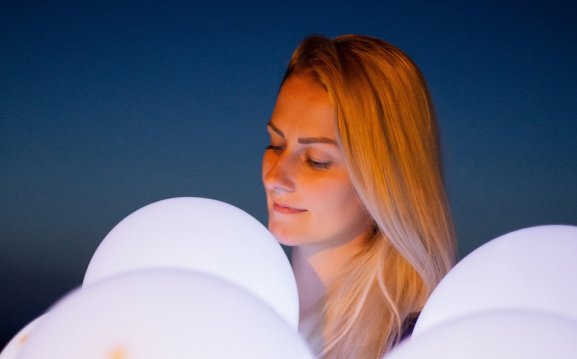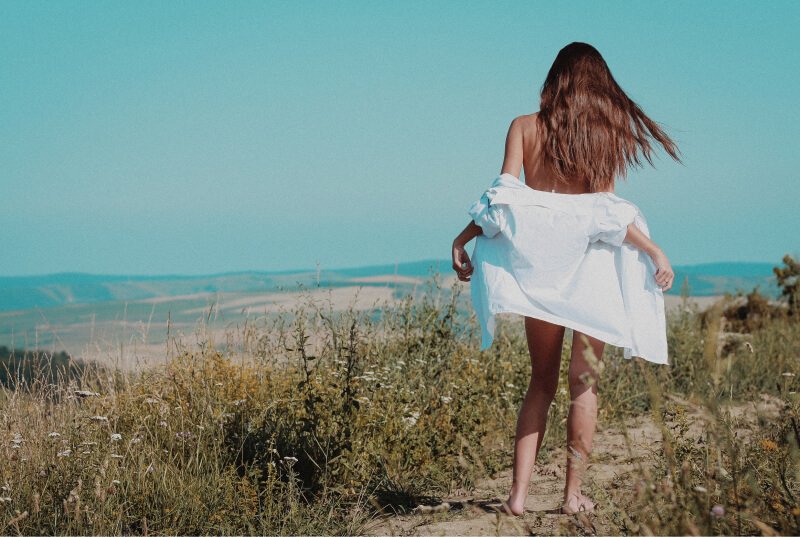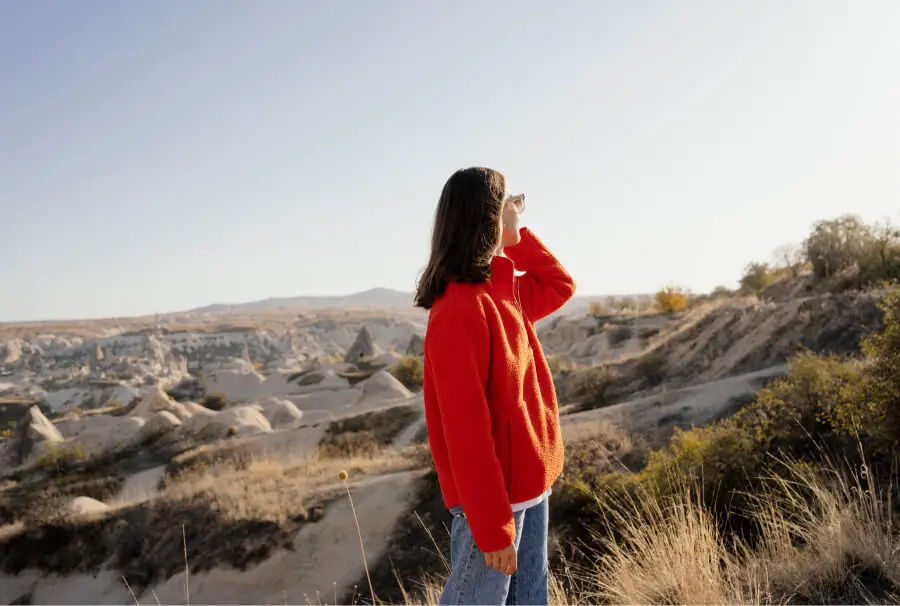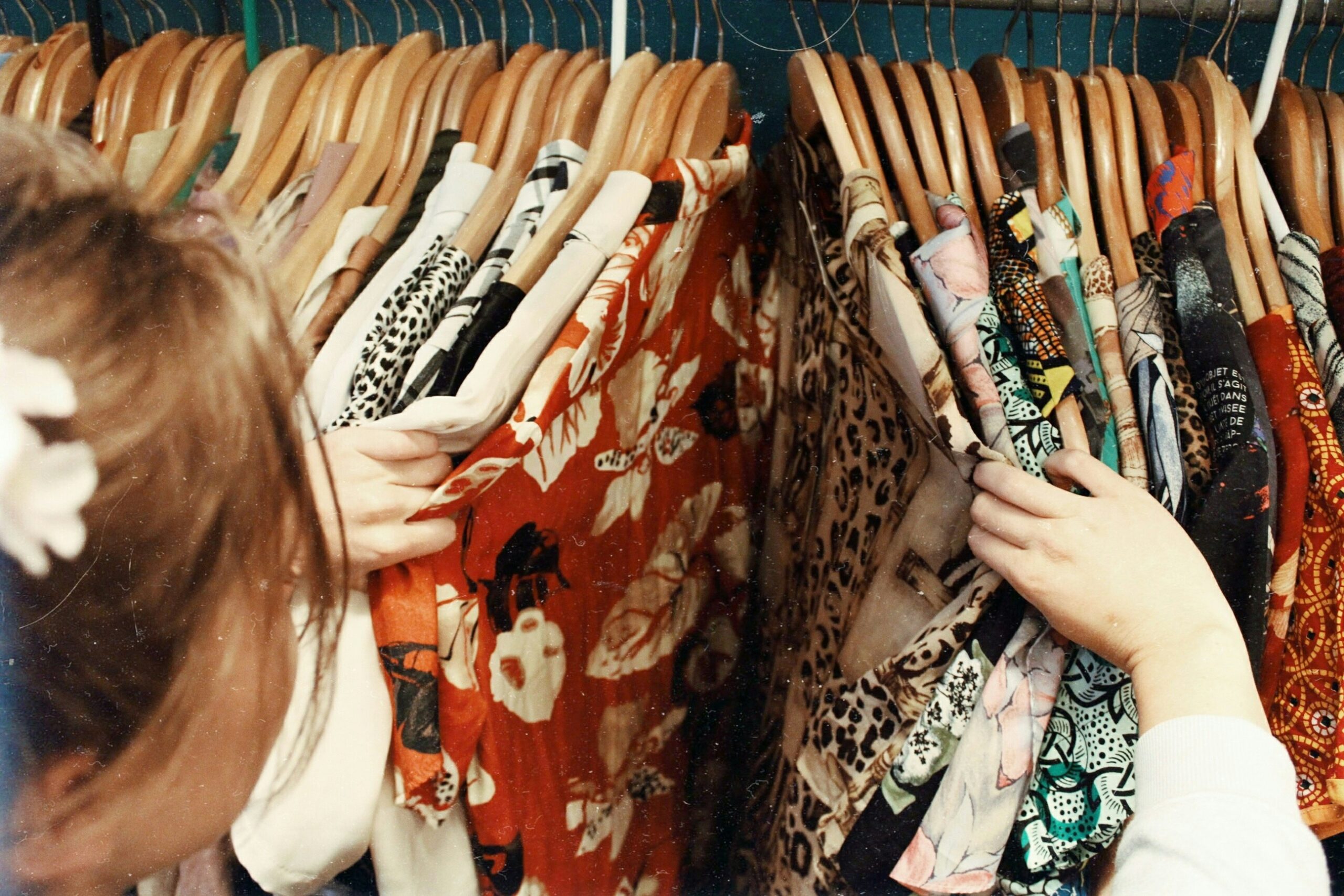Fashion houses don’t typically ask reviewers to watch the same show twice. For this resort collection, however, a double-viewing was very much on the Gucci agenda. The reason for this would prove not to be what we were seeing, but where we were seeing it from.
First time around, at 4pm-ish, we rolled up at the Gucci archive in Palazzo Settimanni. This originally 15th century building sits in the southern Oltrarno side of Florence, and from 1953 onwards was Gucci’s main workshop. It housed the Gucci showroom when Tom Ford rolled up in the 1990s. And then in 2021, to coincide with Gucci’s centenary, it was repurposed by Alessandro Michele as the house archive.
Reviewers apart, the first show was pretty much exclusively for VICs: the congregation that remains most true to the house. We mingled in what was once Ford’s showroom, and had the chance to check the displays of Bamboo Bags of yore. Upstairs, the silk cabinets I remember seeing four years ago had been tucked away to allow for the creation of a raised runway floor whose surface was a mottled mirror.
The collection we saw reflected above it seemed to some extent an amalgam of multiple phases of Gucci’s ready-to-wear past. Its guiding spirit was the late mid-century jet-set glamour that Ford identified in the DNA of the house, then transformed from dusty to must-have during his time here. Around these foundational feathered chubbies and deep-neckline sequin gowns were further layered allusive brushstrokes to his successor’s motifs; the bows and maximalist lushness of Michele, the fitted sleekness of Giannini, the net pattern and masculine leather outerwear of De Sarno. More broadly there was a hyper-stylized, almost cinematically expansive articulation of feminine bourgeois decadence at play that sometimes landed as close to the Seine as it did to the Arno.
After that first show Gucci’s CEO Stefano Cantino lingered on the runway. He disclosed that, from afar, Gucci’s incoming artistic director Demna was—as you would expect—fully aware of its development even if not yet formally in charge.
A few hours later, after a brief spatter of rain that gave Gucci staffers the jitters, we returned for the second show. This one was much more public-facing: an audience that included Paul Mescal, Viola Davis, Julia Garner, and Jeff Goldblum trooped into the archive. Instead of joining them, however, we second-time around reviewers were shown to spots in Piazza Santo Spirito, a public square just around the corner. This is why that passing rain had been so worrisome: there were also scores of Gucci staffers seated in the bars and cafes adjoining the square, and a healthy crowd of Florentine fashion fans watching from under the basilica. First we heard the Ennio Morricone soundtrack from inside the archive, before the models appeared around the corner of via delle Caldaie, striding across the pitted flagstones and around the burbling fountain.
In the end, our double exposure was to demonstrate Gucci’s intention to make its archive come alive. This studio-designed collection worked to insert Gucci’s past freshly into the present and by doing so, in some yet-to-be-seen way, also prefigure its future.








